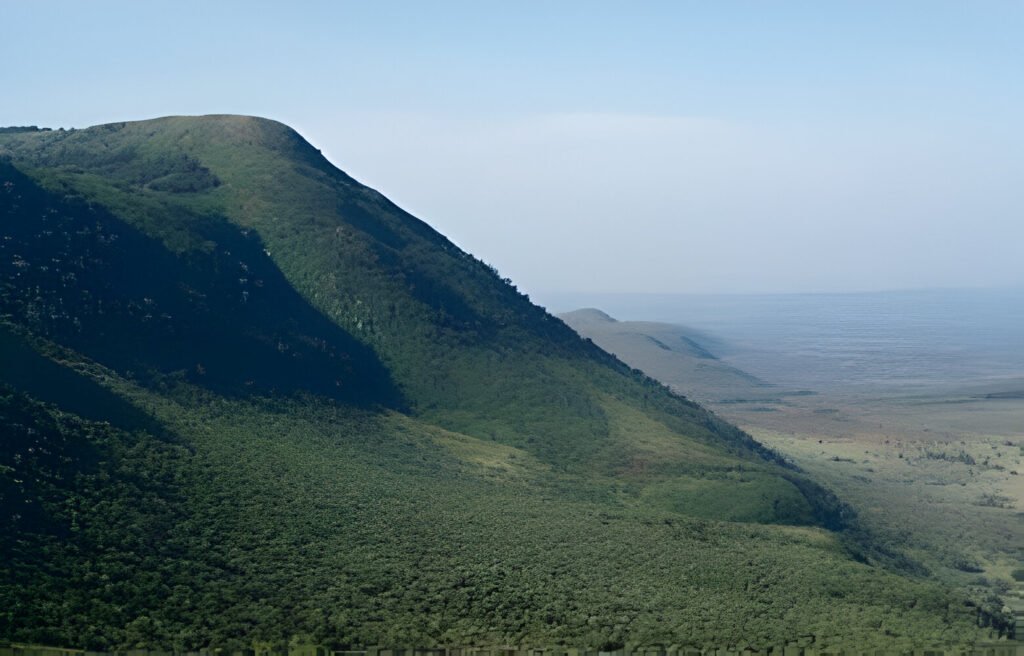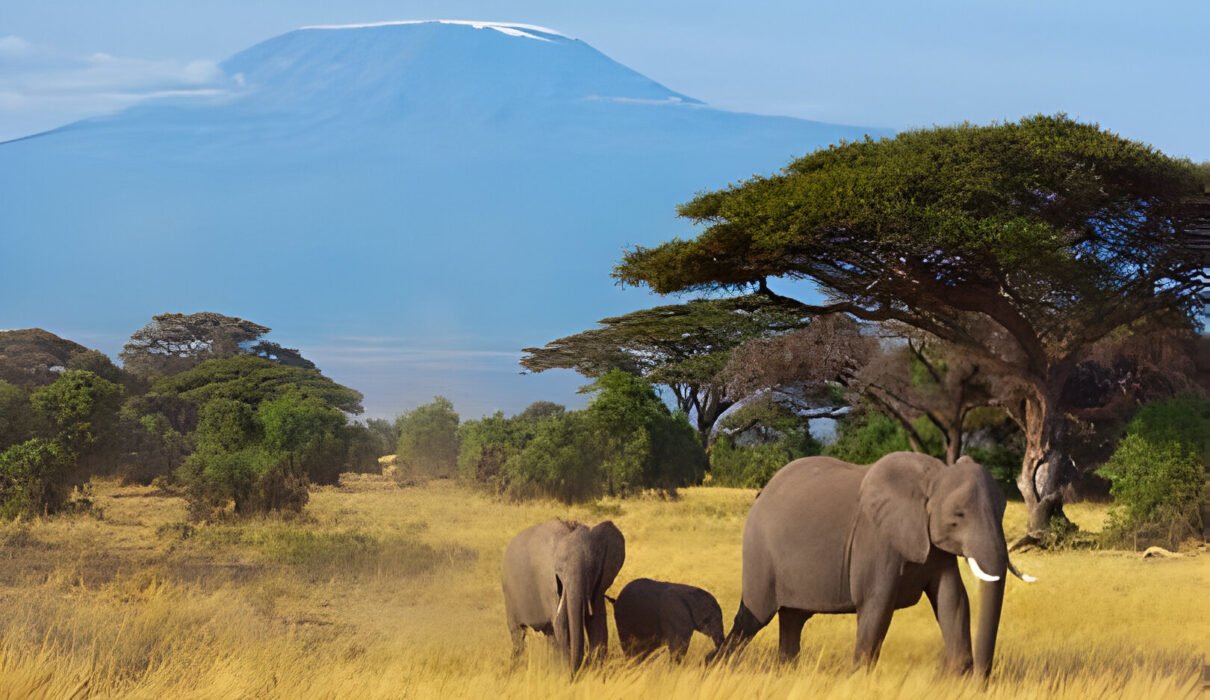If you’re looking for a thrilling trekking experience in Africa, Mount Kenya trekking in 2026 should be at the top of your list. As Africa’s second-highest peak, Mount Kenya offers a stunning landscape, less crowded trails, and a variety of routes for trekkers of all levels. Whether you’re an experienced climber or a first-time adventurer, planning the right route, having the correct gear, and choosing the ideal timing are crucial to making your trek successful.
For more information on planning a successful trek on Mount Kenya, visit Kilimanjaro Climb Specialist and Eddy Tours and Safaris, where you can find expert advice and support for your trekking adventure.

Why Choose Mount Kenya for Trekking?
A Less Crowded Alternative to Kilimanjaro
Mount Kenya is often overlooked in favor of Kilimanjaro, but it offers a quieter, more serene trekking experience. The trails are less crowded, allowing you to connect more deeply with nature. Trekkers often comment on the peacefulness of the landscapes and the beauty of the diverse environments they pass through.
- Learn more about Mount Kenya’s beauty at African Wildlife Foundation.
Diverse Routes for Different Levels
Mount Kenya features several trekking routes suited to different experience levels, from gentle walks to more challenging climbs. Whether you’re aiming for the trekking peak of Point Lenana or taking on a more technical route, there’s an option for everyone.
- Get more insights into the available routes at Mountain IQ.
Stunning Scenery and Wildlife
Mount Kenya’s trekking routes offer more than just a mountain climb. You will pass through tropical forests, bamboo zones, alpine moorlands, and glaciers, giving you a chance to see unique wildlife such as elephants, buffaloes, and Colobus monkeys.
- For information on wildlife and conservation in the region, visit WWF Kenya.
Best Routes for Mount Kenya Trekking in 2026
Choosing the right route for your Mount Kenya trekking adventure depends on your experience level and the kind of trekking experience you’re looking for. Here are the most popular routes to consider:
1. Sirimon Route
The Sirimon Route is one of the most scenic and popular paths, known for its gentler ascent and stunning views. Starting on the northwestern side of Mount Kenya, this route offers trekkers an easier climb through beautiful landscapes, including forests and moorlands.
- Difficulty Level: Moderate
- Duration: 4-6 days
- Best for: Trekkers looking for a steady ascent with excellent scenery.
- For a detailed breakdown of the Sirimon Route, visit Climb Mount Kenya.
2. Chogoria Route
The Chogoria Route is often regarded as the most beautiful of all Mount Kenya routes. It’s known for its scenic views, including waterfalls, valleys, and the Lake Michaelson area. The descent on this route is slightly more challenging but very rewarding for nature lovers.
- Difficulty Level: Moderate to Challenging
- Duration: 5-6 days
- Best for: Trekkers who want a visually stunning, yet moderately challenging trek.
- Learn more about the Chogoria Route at African Mountains Trekking.
3. Naro Moru Route
The Naro Moru Route is the fastest and most direct way to reach Point Lenana, making it a popular choice for those short on time. However, this route has a steeper ascent, which can make acclimatization more difficult, especially for those new to high-altitude trekking.
- Difficulty Level: Challenging
- Duration: 4-5 days
- Best for: Experienced trekkers or those looking for a quicker ascent.
- More about the Naro Moru Route can be found at Hiking Kenya.
Essential Gear for Mount Kenya Trekking in 2026
Packing the right gear is crucial for a successful trek on Mount Kenya. Weather conditions on the mountain can change quickly, so it’s important to be prepared.
1. Layered Clothing
Mount Kenya’s climate can vary significantly as you ascend, so bringing the right layers is key. Start with a moisture-wicking base layer, add insulating layers, and finish with a waterproof jacket to protect against rain and wind.
- Learn more about layering for mountain treks at REI’s Layering Guide.
2. Hiking Boots
Your boots should be sturdy, waterproof, and well broken-in to handle the varying terrain, from muddy forest trails to rocky alpine sections. Opt for boots with good ankle support to prevent injury during steep climbs and descents.
- For advice on the best hiking boots, visit Outdoor Gear Lab.
3. Trekking Poles
Trekking poles can greatly reduce the impact on your knees during both ascents and descents, especially on the steep sections of the Naro Moru Route. They also provide extra stability on uneven terrain.
- Check out a guide on trekking poles at Trekking Poles Guide.
4. Sleeping Bag and Tent
If your trek includes camping, bring a high-quality sleeping bag rated for temperatures below freezing. The cold alpine nights at higher elevations can be harsh. Depending on your package, tents might be provided, but make sure they are suitable for mountain conditions.
- For recommendations on sleeping bags, check out Mountain Hardware.
Best Time for Mount Kenya Trekking in 2026
Timing your trek correctly is essential for a smooth and enjoyable experience on Mount Kenya. The mountain can be climbed year-round, but some months are better than others.
January to February – Best Weather
The months of January and February are considered the best time for trekking Mount Kenya due to the drier weather. The trails are less muddy, and visibility is excellent, providing clear views of the summit and surrounding landscapes.
- For more information on Kenya’s weather patterns, visit Kenya Meteorological Department.
June to September – Cooler but Dry
June to September is another good period for trekking. The weather is cooler, and there may be light rain, but it’s generally dry enough for a comfortable trek. This period also coincides with Kenya’s peak safari season, so it’s an ideal time to combine your trek with a safari.
- For advice on combining safaris with mountain trekking, visit Eddy Tours and Safaris.
March to May – Rainy Season
While trekking is possible during the rainy season from March to May, the trails can be muddy and slippery, making the climb more difficult. However, this period offers lush landscapes and fewer crowds for those who prefer a quieter experience.
- Learn more about the challenges of trekking in rainy seasons at Hiking Guide Africa.
FAQs about Mount Kenya Trekking in 2026
1. How difficult is trekking Mount Kenya?
The difficulty depends on the route chosen. While Sirimon and Chogoria are moderate, Naro Moru is steeper and more challenging. Overall, Mount Kenya is manageable for those with a reasonable fitness level and proper acclimatization.
2. What is the cost of trekking Mount Kenya?
Costs vary depending on the route, duration, and package. Typically, treks cost between $800 and $1,500 per person for a full package, including guides, porters, and park fees.
- For more detailed pricing, visit Climb Mount Kenya.
3. Do I need technical climbing skills for Mount Kenya?
For trekking routes like Sirimon, Chogoria, and Naro Moru, no technical skills are required. However, if you aim for the technical summits of Batian or Nelion, experience with ropes and ice climbing is essential.
- Learn more about technical climbs on Mount Kenya at Summit Post.
Ready for your Mount Kenya adventure? To start planning your Mount Kenya Trekking in 2026, visit Kilimanjaro Climb Specialist or contact Eddy Tours and Safaris for expert guidance and bookings.

